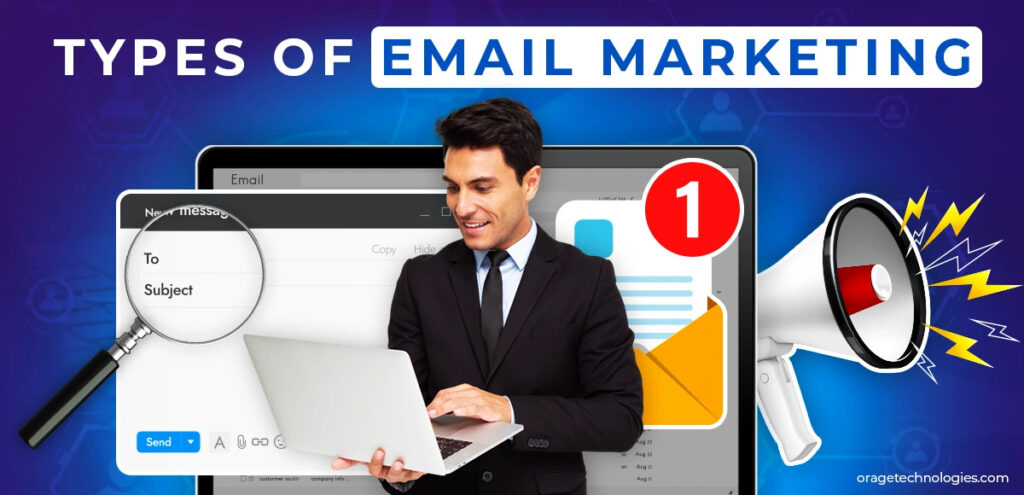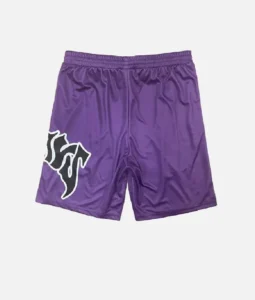
Email marketing remains one of the most cost-effective and direct ways to connect with your audience. But did you know there are different types of email marketing tailored for different goals? Email marketing encompasses much more than just newsletters, from onboarding emails to reengagement campaigns. So, how do you choose the right strategy for your business? This guide will walk you through the major types of email marketing, their use cases, and how to make them work for you.
What Is Email Marketing, and Why Does It Matter Today?
Email marketing is the process of sending emails to a list of subscribers to promote products, share updates, or nurture relationships. It provides unparalleled ROI, or return on investment, with an average of $42 per $1 spent. But it’s not just about promotions. Different types of email marketing serve different purposes—some build trust, some educate, and some bring lost customers back.
As user attention spans shrink and inboxes become more crowded, sending the right type of email at the right time can make all the difference.
What Are the Main Types of Email Marketing?
Let’s explore the most widely used and effective email types that marketers rely on.
1. Welcome Emails – Are You Making a Good First Impression?
Welcome emails are the first emails new subscribers receive after signing up. They set the tone for your relationship.
Why it matters:
A warm welcome email has higher open and engagement rates than most other emails. It’s your chance to introduce your brand, offer value, and encourage further interaction.
Best practices:
- Send immediately after signup.
- Thank you, subscriber.
- Offer a quick tour or a discount.
2. Promotional Emails – How Can You Drive More Sales?
Promotional emails aim to sell your product or service. These can be flash sales, exclusive offers, product launches, or holiday campaigns.
Why it matters:
These are among the most common types of email marketing and often generate quick ROI.
Best practices:
- Use urgency (e.g., “Limited time offer!”).
- Keep the copy concise and benefit-driven.
- Always include a clear call-to-action (CTA).
3. Newsletter Emails – Are You Providing Ongoing Value?
Newsletter emails keep subscribers updated on your business, blog, or industry. They’re ideal for building long-term relationships.
Why it matters:
Newsletters create brand recall and allow you to share multiple types of content in a single email.
Best practices:
- Send them consistently (e.g., weekly or monthly).
- Include a mix of content—tips, updates, blog links.
- Make them scannable with headers and visuals.
4. Transactional Emails – Are You Overlooking These Hidden Opportunities?
These are system-triggered emails like order confirmations, shipping updates, and receipts. While often ignored by marketers, they have high open rates.
Why it matters:
These emails are expected and appreciated. It’s a perfect chance to upsell or share related content.
Best practices:
- Provide reassurance (“Your order is confirmed!”).
- Include tracking info or contact options.
- Add small upsells or discounts for next purchase.
5. Behavioral Emails – How Can You Personalize at Scale?
Triggered by user behavior—like browsing a product, abandoning a cart, or signing up for a webinar—these emails are timely and targeted.
Why it matters:
These are among the most powerful types of email marketing because they are relevant and personalized.
Best practices:
- Automate based on events or actions.
- Make the subject line contextually relevant.
- Offer assistance or incentives (e.g., “Forgot something?”).
6. Re-Engagement Emails – How Do You Win Back Lost Customers?
These emails are designed to revive inactive subscribers or past customers who haven’t interacted in a while.
Why it matters:
Keeping an existing customer is 5x cheaper than acquiring a new one. These emails can re-ignite interest.
Best practices:
- Use attention-grabbing subject lines.
- Offer an incentive to return.
- Ask for feedback or preferences.
7. Survey and Feedback Emails – Are You Listening to Your Audience?
These emails help you gather insights from your audience. They’re essential for improving your offerings and customer experience.
Why it matters:
Understanding your audience helps tailor better marketing, content, and product decisions.
Best practices:
- Keep surveys short.
- Offer something in return (discount, freebie).
- Thank users for their time.
Frequently Asked Questions (FAQs)
Q1: How often should I send marketing emails?
It depends on your audience and the type of content. Generally, once a week or bi-weekly works well for newsletters. Promotional emails can be sent more frequently, especially during offers or launches.
Q2: Do different types of email marketing require different tools?
Not always, but having a good email marketing platform (like Mailchimp, Brevo, or ConvertKit) helps you automate and personalize different types of campaigns effectively.
Q3: Which email type has the highest conversion rate?
Behavioral emails and transactional emails often have the highest conversion rates due to their timely relevance and user intent.
Q4: Should I use images in all my emails?
Images can enhance engagement, but make sure your email is still readable even if images don’t load. Always include ALT text and avoid overloading with visuals.
How Can You Choose the Right Type of Email Marketing?
Choosing the right type depends on your business goal. Want to build trust? Go for newsletters. Need quick conversions? Try promotional or behavioral emails. A smart strategy uses a mix of the different types of email marketing to meet users where they are in their journey.
Final Thoughts
The beauty of email marketing lies in its versatility. From welcoming new subscribers to re-engaging lost customers, each email type serves a distinct purpose. You can increase engagement, revenue, and customer loyalty over time if you know and use the right email marketing strategies. So, take a look at your current email strategy. Are you making use of every resource at your disposal?





